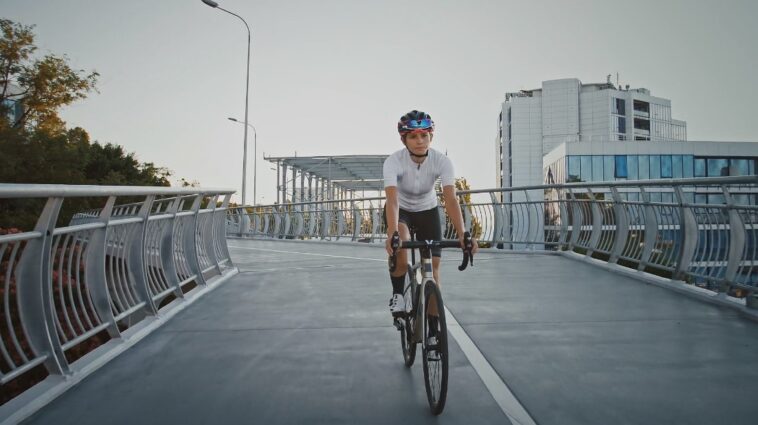Selecting appropriate cycling attire is crucial for comfort, performance, and safety, regardless of your experience level. The type of cycling—road, mountain biking, or commuting—affects the clothing you’ll need. Seek garments providing breathability, moisture-wicking, and weather resistance; materials such as Lycra, polyester, and merino wool offer these benefits.
Safety features like reflective materials and bright colors enhance visibility, especially in low-light conditions. Consider personal style, additional features, and budget when choosing gear.
Understanding the Basics of Cycling Clothing
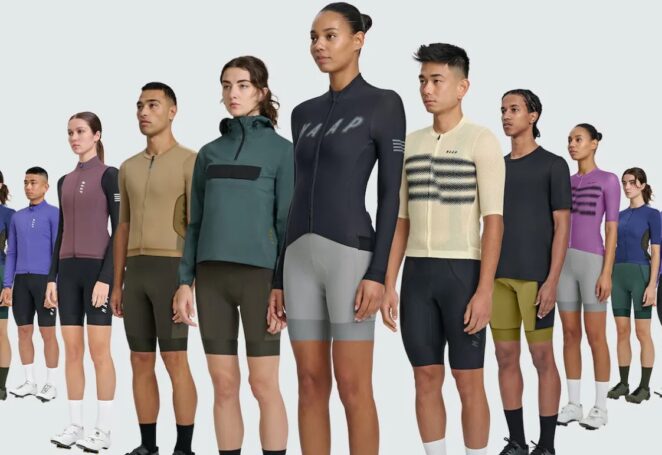
You must have cycling clothing and apparel knowledge since it is crucial for optimizing a rider’s performance, comfort, and safety during outings. Exploring clothing types, materials, and key features in cycling gear guides a cyclist’s selection.
Types of Cycling Clothing
Jerseys
Tops that are light and made to breathe and wick away sweat. Often come with back pockets for small items.
Shorts and Bib Shorts
Made with chamois padding to keep you comfortable on long rides. Bib shorts with shoulder straps fit better and keep the belt from being uncomfortable.
Jackets and Vests
It is important to protect against the weather because it keeps you dry and windproof while letting air flow.
Gloves
Offering grip and palm protection, they come in styles with or without fingers that are perfect for different weather conditions.
Cycling Shoes
It comes in road, mountain bike, and commuter styles to meet different needs. The stiff feet make pedaling more efficient.
Helmets
Safety gear is very important and has aerodynamic designs, lots of ventilation, and technologies that absorb contact.
Materials Used in Cycling Apparel
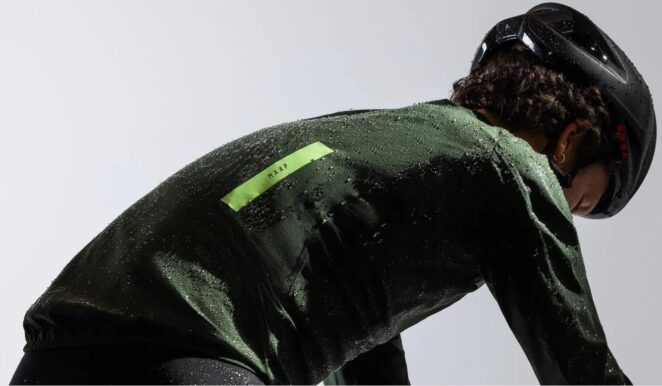
Moisture-Wicking Fabrics
Polyester and merino wool are great at wicking away sweat, so riders stay dry and comfy.
Breathability and Ventilation
Mesh panels and materials that let air pass through keep body temperature in check so you don’t get too hot on long rides.
Insulation and Weather Resistance
Insulating materials like Gore-Tex keep you warm and dry in cold, windy, and rainy weather.
Durability and Comfort
Synthetic blends or high-quality natural fibers last long, and ergonomic shapes make long rides more comfortable.
Key Features and Technologies in Cycling Apparel
Chamois Padding
It Lessens chafing, provides padding, and lowers pressure on sensitive areas.
Reflective Elements
Improve your vision in low light to keep you safe while riding.
Aero Fit and Performance-Enhancing Designs
Streamlined forms cut down on drag, which makes them faster and better overall.
UV Protection and Sunblock Fabrics
Protect bikers from the sun’s harmful rays so their skin isn’t damaged on long rides.
Weather and Climate Considerations
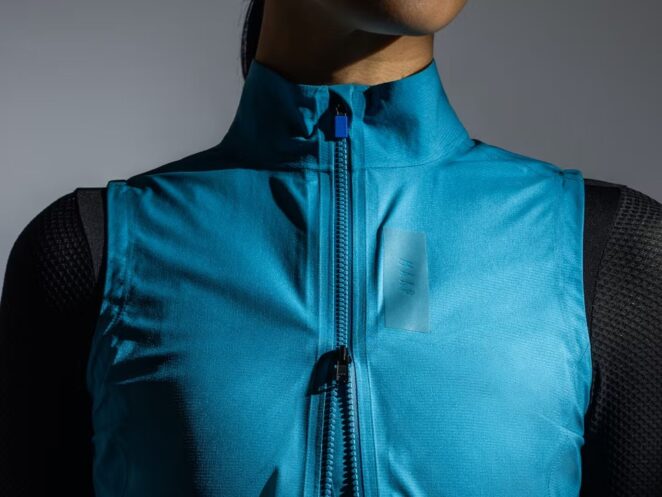
When choosing cycling clothes, you must consider how they affect your comfort and performance in various riding situations. The weather and climate greatly impact cyclists’ gear, which helps them deal with problems in their surroundings.
Hot Weather Gear
Riders need clothes that let air flow and keep sweat away when it’s hot. Lightweight, breathable choices like moisture-wicking jerseys and shorts with mesh panels help sweat evaporate quickly, which keeps the body cool.
Adding UV protection to fabrics protects them from the sun’s damaging rays. Adding extras like sunglasses and sweat-wicking headbands can help you deal with the heat on hot rides.
Cold Weather Gear
You need clothes that keep your body warm when cycling in cold places. When it gets cold, layering is important to keep warm and keep sweat from making you feel uncomfortable.
Wearing thermal jerseys, fleece-lined coats, and insulated pants or tights is best. Accessories like thermal gloves, shoe covers, and hats help keep the heat in and protect the limbs.
Rain and Wind Protection
When the weather is bad, you need bicycle gear that is waterproof and windproof. Waterproof pants and coats with breathable membranes, like Gore-Tex, keep you dry in the rain without sacrificing airflow.
Windproof layers, like vests or coats made of materials that don’t let wind through, protect riders from cold gusts. For better weather protection, specialized rain gear often has sealed openings and hoods that can be adjusted.
Types of Cycling and Intended Use
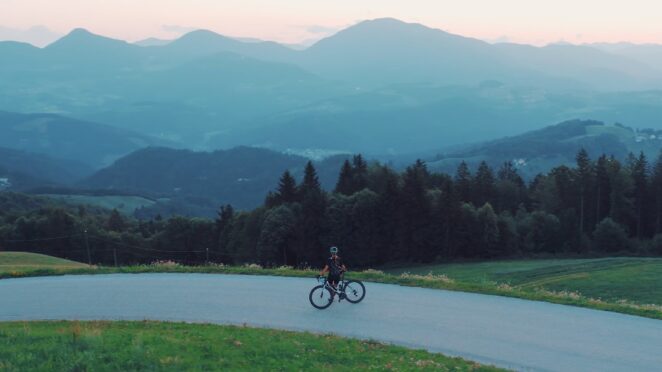
Knowing the different types of riding and what they’re used for helps you choose the right gear. It depends on the environment, the length of time, and the goals. Here, we’ll talk about different types of cyclists and the gear they like to use.
Road Cycling
Road cyclists focus on speed and durability on paved roads, choosing aerodynamic and light gear. Tight, aerodynamic shorts and shirts make the wind flow through easier. Clipless bicycle shoes with stiff soles help transfer power better, and sleek, light helmets help air flow better, too.
Mountain Biking
Mountain biking occurs on rough ground, so you need durable, protective gear. Riders choose gloves, padded jackets, and strong shorts if they fall. Helmets with visors and more covering protect you even more. Specific shoes with treads give you a better grip and hydration packs are good for longer rides in remote places.
Commuting and Urban Cycling
Commuter riders like wearing reflective shorts and pants because they make them more comfortable and easy to see while riding in cities. Helmets that have lights built in make riding safer at night. Backpacks or pannier bags hold the things you need for your journey.
Touring and Long-Distance Cycling
Sturdy and comfortable gear is important for long rides on various terrains. Cyclists choose clothes that clear away sweat, let air flow, and have many pockets. Saddles and shorts with padding make long rides more comfortable. Touring bikes with open geometry and pannier racks can carry a lot of stuff, and handlebar bags make it easy to get to the things you need quickly.
Tips for Choosing Cycling Clothing
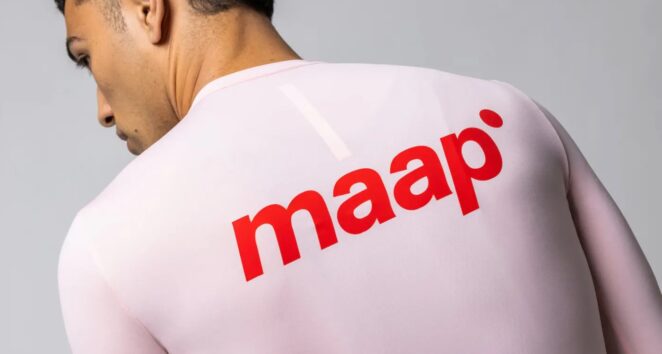
Selecting cycling attire significantly impacts ride performance and comfort. Understanding nuances enhances the cycling experience.
Quality and Budget Balance
The quality and price of riding gear must be balanced. Even though it costs more, higher-quality gear lasts longer, works better, and is more comfortable. Cycling is hard on clothes, so buying clothes made to last is a good long-term investment.
Layering and Adaptability
Mastering layering helps you deal with a range of weather situations. Different weather calls for different clothing arrangements. Layering lets you change your temperature to stay warm in cold weather and let your skin breathe in hot weather. Buying clothes that can be used for more than one thing cuts down on the clutter in your closet, making rides easier.
Personal Style and Comfort
Cycling clothes show off your style in ways that go beyond usefulness. Things like color, style, and how something looks are very important. Put each person’s comfort first; ensure that the fit, materials, and gear you choose to suit your comfort level and ride style. When choosing riding clothes, don’t be afraid to try new styles and ensure they are comfortable.
Evolution of Cycling Gear and Adaptation
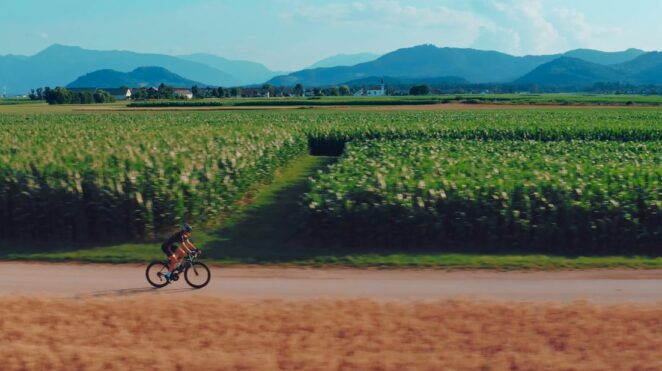
Cycling gear evolves with technology and preferences. Constantly exploring and adapting gear is crucial to meet changing needs. Trying new technologies and materials enhances the cycling experience as preferences evolve.
In conclusion, selecting cycling clothing merges functionality, comfort, and personal choice. Suitable gear improves performance, ensures safety, and enhances the cycling experience. Adapting gear to evolving needs improves the overall riding experience.



